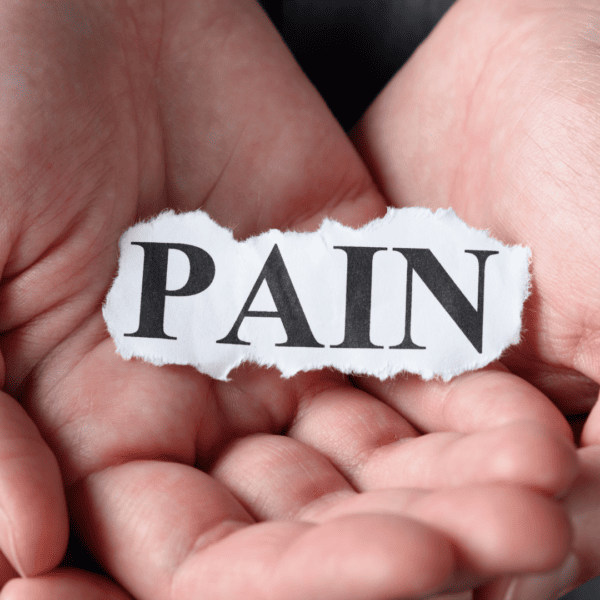
Pain and soreness are related sensations, but they have distinct characteristics and causes:
1.Pain:
- Pain is an unpleasant sensory and emotional experience typically associated with tissue damage or injury.
- It can vary in intensity, duration, and location and is often described as sharp, dull, stabbing, throbbing, or aching.
- Pain can be acute (short-term) or chronic (long-lasting).
- It serves as a warning signal to the body, indicating that something is wrong and needs attention.
- Causes of pain can include injuries, illnesses, diseases, inflammation, nerve damage, and more.
- Pain can be localized or radiate to other areas of the body.

2. Soreness:
- Soreness, on the other hand, is a milder discomfort or tenderness in muscles, joints, or other body parts. It is often associated with physical exertion or overuse of muscles.
- Soreness typically occurs after exercise, strenuous physical activity, or repetitive movements and is often referred to as “muscle soreness” or “DOMS” (Delayed Onset Muscle Soreness).
- It is usually a normal response to exercise and is not necessarily an indicator of injury.
- Soreness is often described as a dull, achy feeling, and it tends to peak 24-72 hours after the activity that caused it.
- The cause of soreness is often microtrauma or small tears in muscle fibers, which then undergo a repair process, making the muscles stronger over time.
In summary, pain is a broader and more complex sensation associated with injury or illness, while soreness is a milder discomfort typically linked to physical activity and muscle fatigue. Understanding the difference between the two can help in identifying when discomfort is a normal response to exercise and when it may require medical attention due to an underlying issue.


